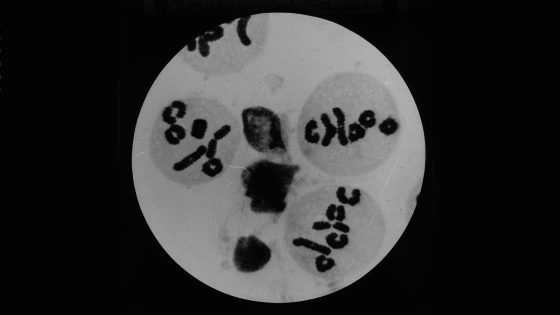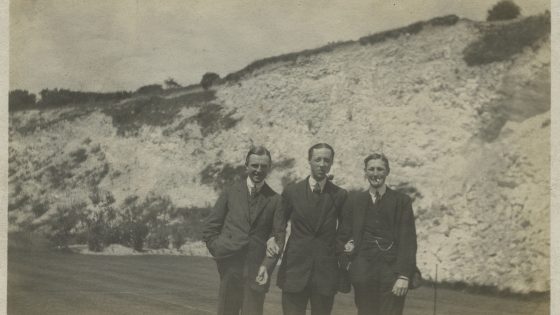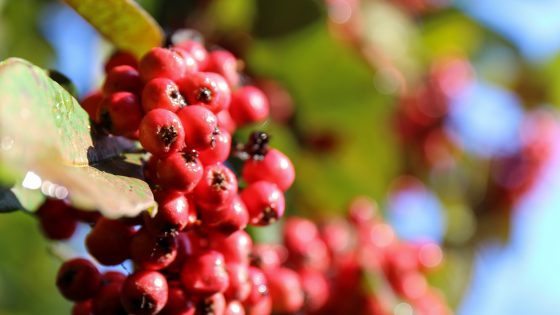* From the Scottish Geographical Magazine, 1913

Plant Hunters
Plant hunters of the past could be regarded as eco-pirates, stealing from local people and the environment. But they were part of a botanical collecting network driven by wealthy Western collectors’ syndictates. This was made possible by the British Empire’s trade and military infrastucture. Many of Stern’s plant seeds were collected from the Himalayas and China from 1914 to 1939.
Leeches and Seeds
A plant hunters life was not easy. They had to endure with their local teams: financial hardship, extreme weather, dangerous mountains, deadly leeches, broken hobnailed boots and civil unrest just to collect valuable seeds. However, some plant hunters developed good business relationships with local hill peoples over many years employing them as porters, cooks and plant hunters. Highdown Gardens have plants, that were once seeds, collected by: George Forrest, Reginald Farrer, Ernest Wilson and Frank Kingdon-Ward.
Collecting Chromosomes
As well as collecting plants did you know that Stern also collected chromosome numbers? From the 1940s, Stern became obsessed with cytology (cell biology) and asked young scientists, from the John Innes Horticultural Institute, to teach him how to read plant chromosomes. This helped him create new plant hybrids. In Highdown Tower, Stern converted his wine cellar into a laboratory. He squashed and preserved thousands of root tips, using toxic chemicals, onto microscope slides. Highdown transformed Stern from young playboy to older scientist.



* From ‘Highdown’ London Magazine, 1981